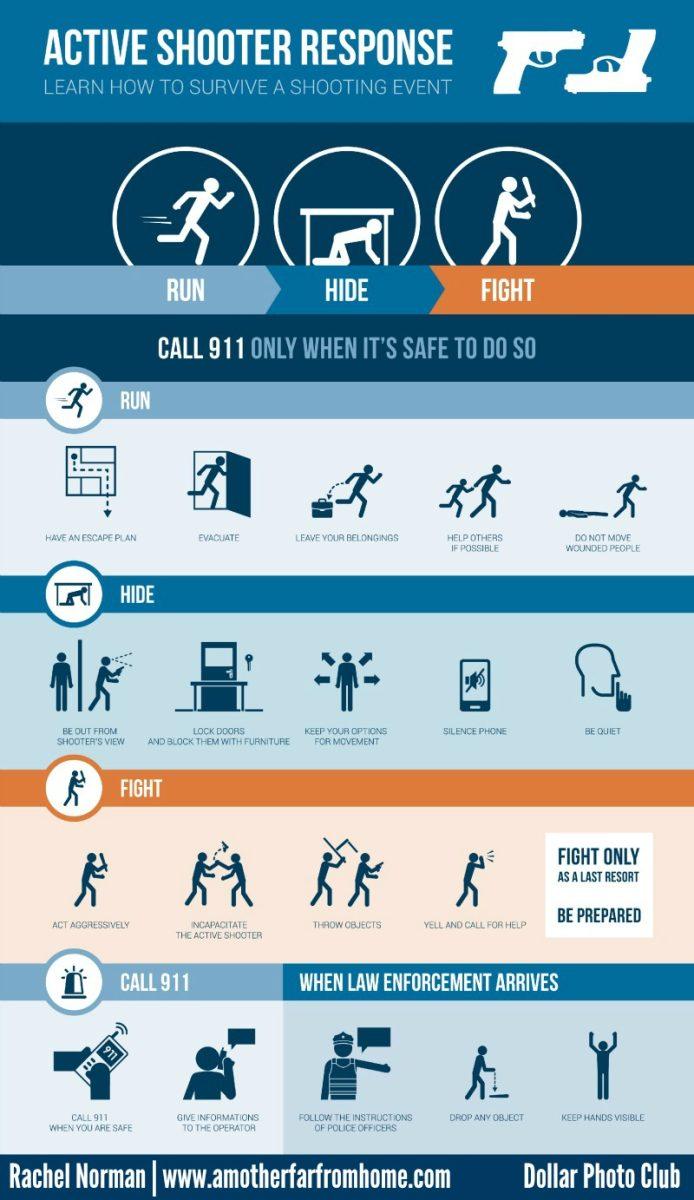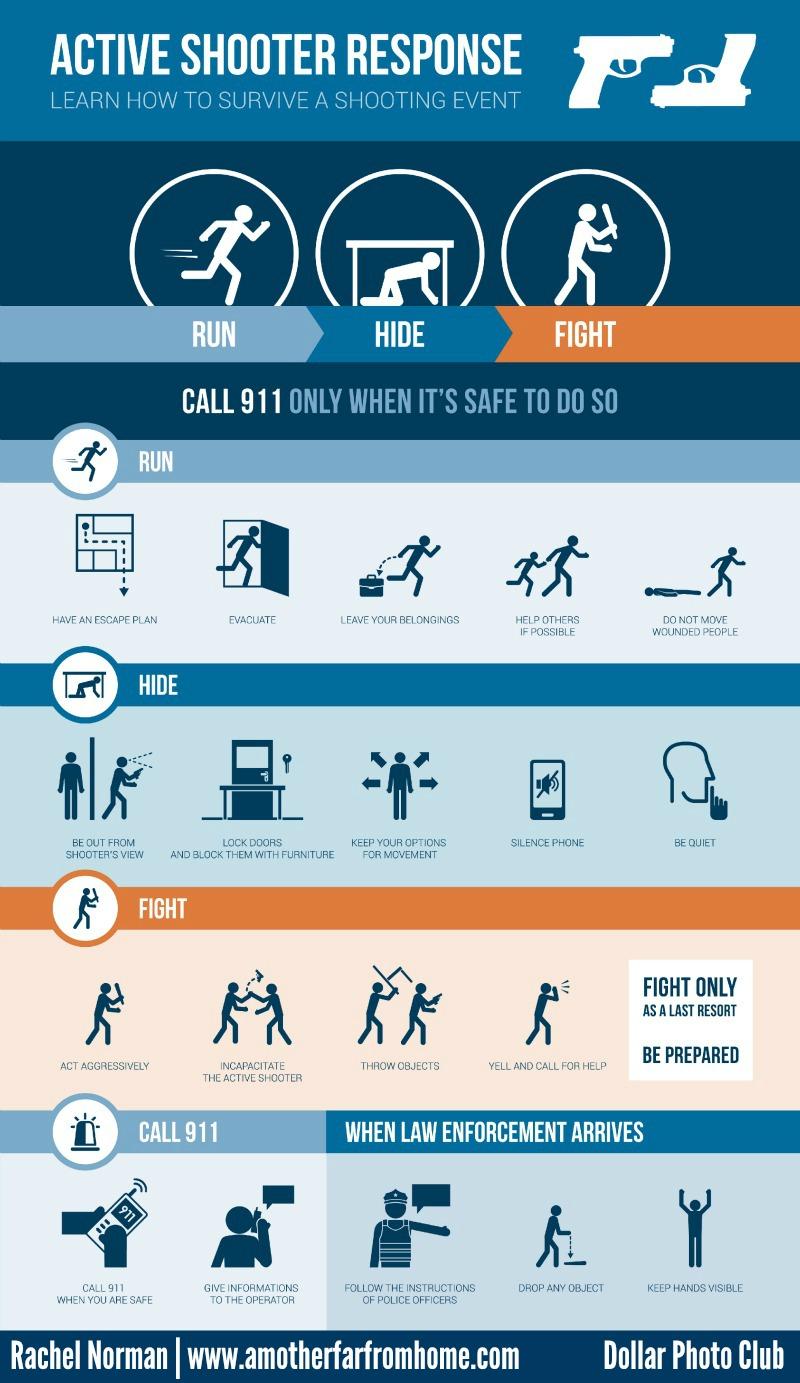“SSU ALERT: There has been a report of shots fired at (some location). Take appropriate action. RUN, HIDE, FIGHT.”
That is exactly the message that will pop on students’ phones if police hear reports that an active shooter is on Sonoma State University’s campus.
The tragic shooting in Las Vegas on Oct. 1 that left 58 people dead and more than 500 people injured, America’s deadliest mass shooting in the modern era, has left many college students wondering what would happen if an active shooter does come to campus.
“You think these tragedies always happen to other people, but never think it’ll be your people,” said SSU Junior Maria Agresta, whose friends attended the Route 91 Harvest Music Festival, where the shooting occurred. They were uninjured in the attack.
SSU’s director for emergency services, Missy Brunetta, said that preparedness and planning are the best tools in any emergency.
“It is important that we talk about this situation because it is literally life and death, and sadly it is something that happens in society today,” Brunetta said. “While (the Vegas shooting) did not happen on a campus, these incidents happen on high school and college campuses at an alarming frequency. Fear and panic lead to indecision, which can be deadly in these situations.”
Although the Emergency Notification System (ENS) messages go out very quickly, usually within minutes, Brunetta advises to not wait for these alerts. If students hear gunshots or reactions from students, she encourages them to trust their gut instincts and act as soon as possible.
“I always encourage people to rely on what they see and hear before the ENS,” Brunetta said.
The text message of “run, hide, fight” puts in order what the best actions are to take – in most cases, she said.
According to Sonoma State’s website on risk management and safety services, when an active shooter is on campus, the first and best option is to run and escape. Do not worry about belongings, and call 911 when it is safe to do so.
If evacuating is not possible, the second best option is to hide. Lock and barricade your doors if you can, make sure to silence your cell phone and remain silent until law enforcement comes and tells you otherwise.
“The best places for hiding are generally going to be places without line of sight to hallways, building exteriors, or other places a shooter would be,” Brunetta said.
She also listed locked doors, the ability to turn off lights and window coverings as other qualifications for a good hiding area.
Some classrooms at SSU do not have locked doors or have expansive windows. That’s why creativity is important,, such as barricading doors with tables and chairs, Brunetta advised.
And as a last resort, fight for your survival, she said. If there is anything in the room that you can improvise into a weapon, do it. If the shooter enters into the room, attempt to incapacitate him/her and commit to your actions.
The message “run , hide, fight,” seems vague, but the text message purposefully does not tell students where to evacuate or hide, because if the shooter got access to that information it could be tragic.
Although entering into a classroom or building and immediately considering your escape plan or hiding spot may seem unreasonably anxious, Brunetta said the more you do so the less likely you will freeze or panic in a life or death situation.
“Consider how you would respond to any emergency, especially the ones that come up quickly, without warning, like active shooting,” she said. “That process may make you feel a little paranoid, and it may seem time-consuming, but it takes a matter of seconds when you know what to look for.”
Rather than being frightened about it, Brunetta said she feels “more empowered and prepared when I am familiar with the spaces I use on campus and how I can use them for my survival.”
It is important for all students, SSU employees and visitors to prepare individually; however, Interim Chief of Police David Dougherty assured that police officers at SSU are on duty 24/7 and their training has prepared them to deal with incidents such as an active shooter.
“University police officers receive training in active shooter response protocols and will respond directly to the threat,” Dougherty said.
The school does not require training for faculty and professors in case of active shooter response, but many faculty such as Brunetta and various police officers are trained. However, they do encourage faculty members to watch online videos, do an online training and read online resources.
For many SSU students, tragic events often seem far away, until they hear of a friend or acquaintance who was at a public event like the Route 91 festival.
Brunetta advises everyone to consider what they would do in situations such as these, when they need to make quick decisions.
“Where would you run, where would you hide, and what would you use to fight if you had to?,” she said.
You can get more information at http://web.sonoma.edu/risk/emergency/active_shooter .




































